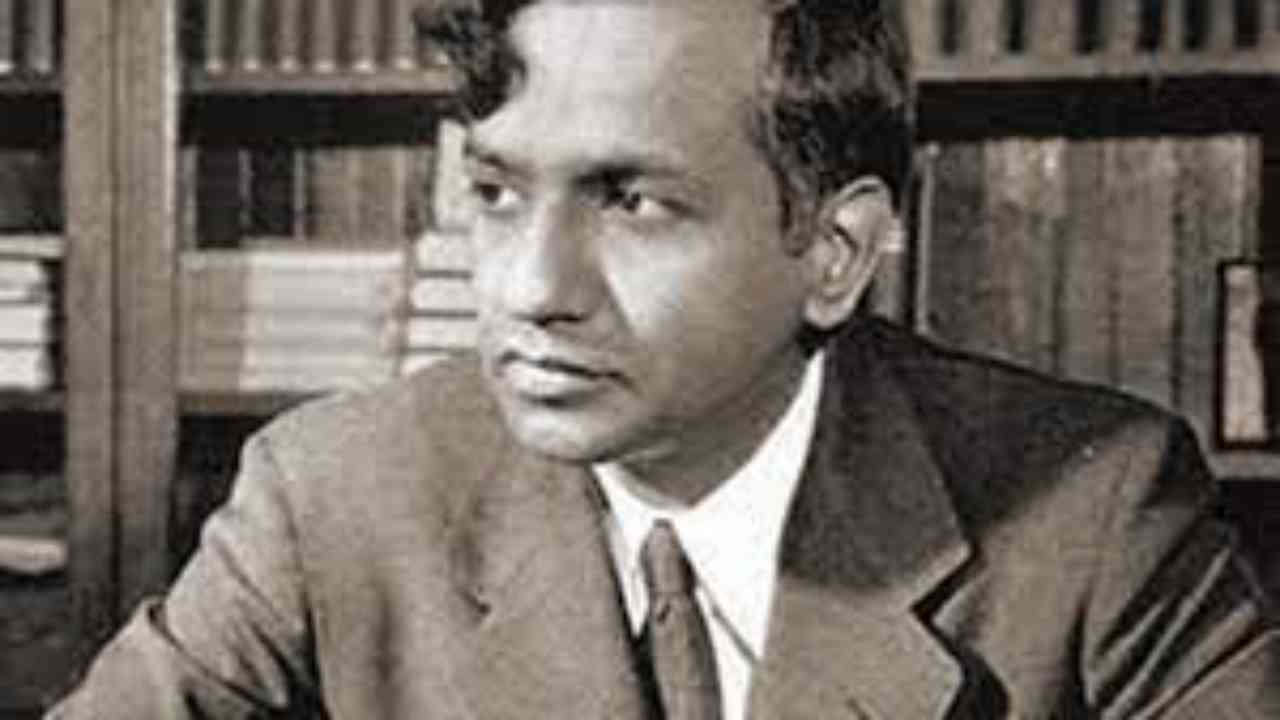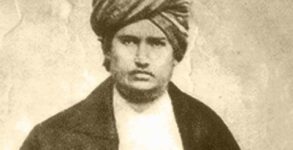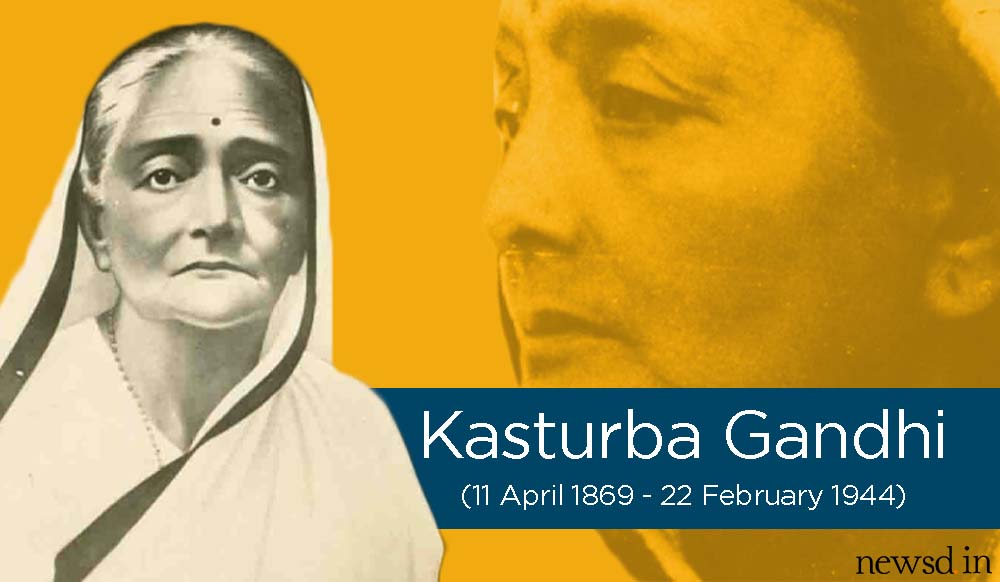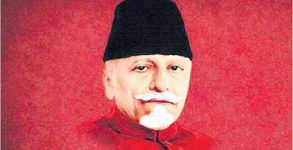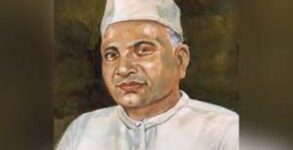Subrahmanyan Chandrasekhar was one of the giants of modern astronomy and astrophysics in the 20th Century. He was awarded the 1983 Nobel Prize for Physics with William A. Fowler for his work on the theories that explain the structure and evolution of stars.
Chandrasekhar was the nephew of Sir Chandrasekhara Venkata Raman, who won the Nobel Prize for Physics in 1930. He was born in Lahore on 19th October 1910, to Sita Balakrishnan and Chandrasekhara Subrahmanya Ayyar.
Chandra proved that there was an upper limit to the mass of a white dwarf. This limit, known as the Chandra limit, showed that stars more massive than the Sun would explode or form black holes as they died. Chandra also developed theories on star atmospheres, black holes, and the illumination of the sunlit sky, star structures and star mass.
To honor him Guinea Postal Department has issued a commemorative postage stamp of value 25000 Guinean Franc.
Chandrasekhar marked the destiny of stars. In 1930, when scientists believed that every star would eventually burn out to become a white dwarf, Chandrasekhar was not ready to accept it. He went ahead and predicted a number, precisely 1.4 and said that white dwarfs were only formed when stars have a mass less than or equal to 1.4 times the mass of our sun.
This discovery was made by Chandrasekhar on his sail to the UK. You would assume that he was immediately praised for this and accepted among the scientists. But NO, his ideas were criticised publicly by famous physicists including Arthur Eddington. And those who regarded his findings did not admit it publicly. But don’t worry, computer simulations and technological advancements later proved this theory right and in his honour the number was named Chandrasekhar limit. This limit was later on used to gather more information on supernovas, blackholes and neutron stars and still serve as a building stone in the field.
Contributions of Subrahmanyan Chandrasekhar does not end there. He worked on many different fields of physics ranging from evolutionary stages of massive blackholes to hydrodynamics. He published ten books on different topics in Astrophysics and worked as the editor of The Astrophysical Journal for almost two decades.
His magical hands had touched a good number of topics that Nasa’s x-ray observatory is named Chandra X-ray observatory in his memory. He was awarded the Nobel Prize in physics for “ theoretical studies of the physical process of the importance of the structure and evolution of stars” in 1983.
Chandrasekhar was not only a good astrophysicist but also an elite and humble teacher who guided about fifty PhD students. On his birthday, let us all remember this Indian American Astrophysicist who crossed the seas only to bring us a Nobel prize.

